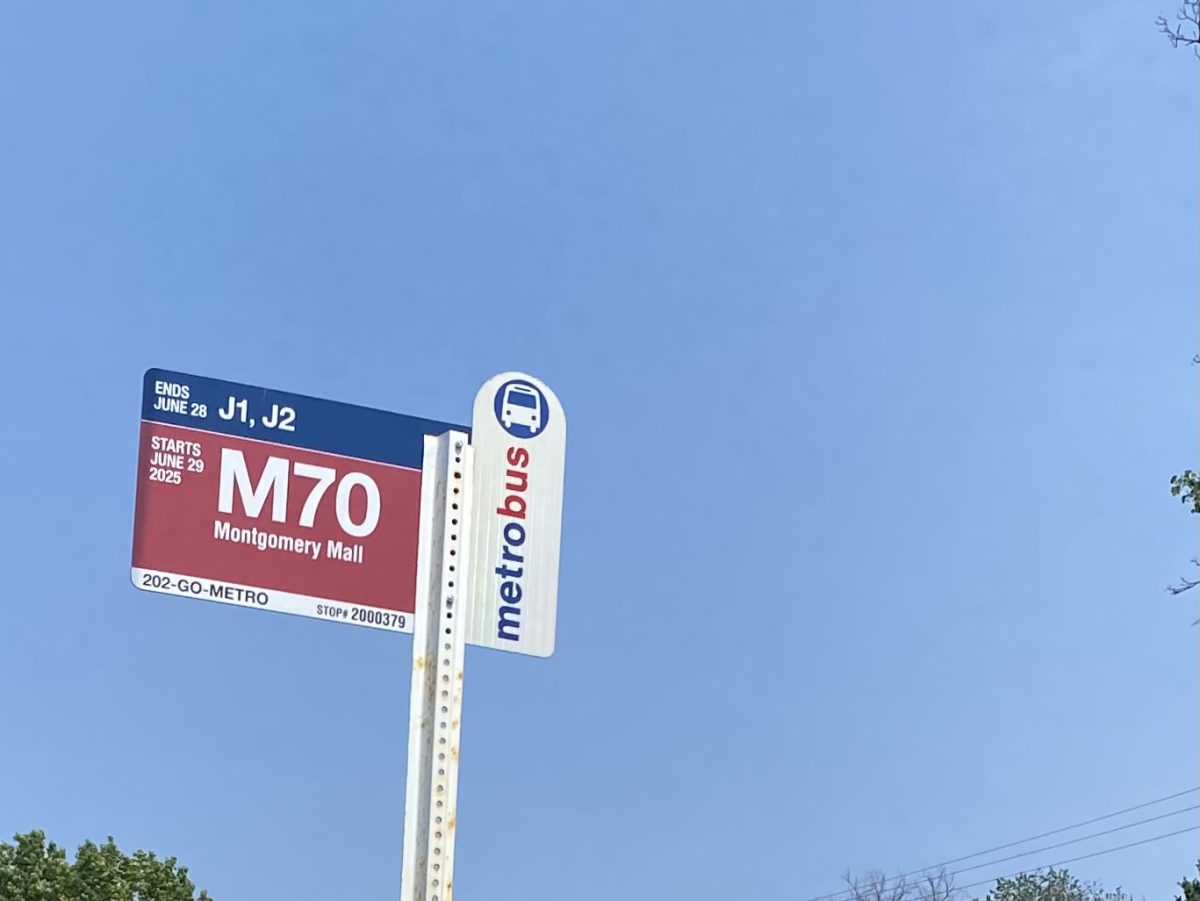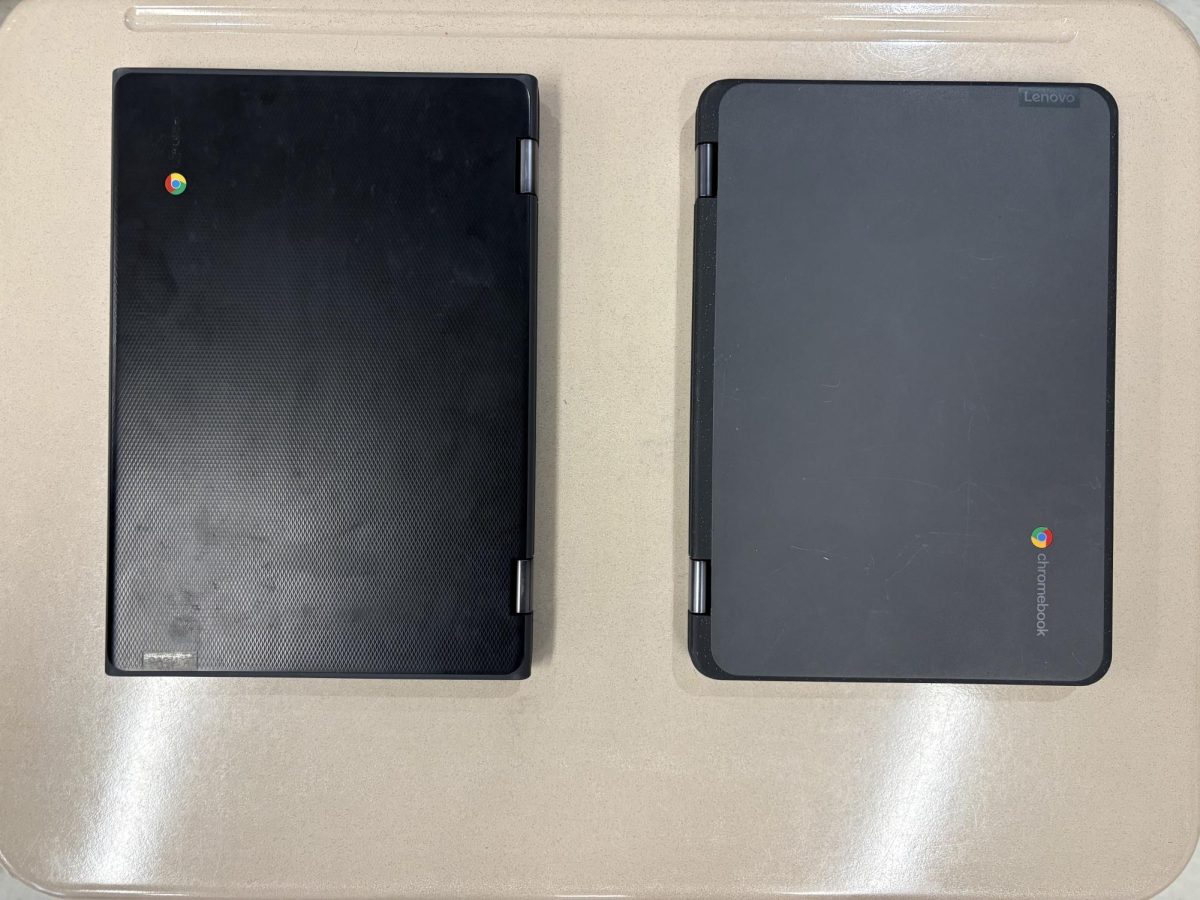Brett Chavis
Volunteer Firefighter
Most high school students think their schoolwork is hard enough to manage, but some manage to find time to save lives as well. Junior Brett Chavis volunteers as a firefighter and Emergency Medical Technician (EMT).
“There is no better feeling in the world than to walk away from your job and know, as well as see, the difference you made,” said Chavis.
Chavis’ inspiration to become a firefighter came from his father who was a professional, paid firefighter in Florida, until he broke his back in a bar fire. However, Chavis remains unpaid while risking his life for the community.
Before Chavis was able to volunteer, he had to undergo extensive training. He first had to take a firefighting class qualifying him to be a “Firefighter 1.” He then took the state EMT-Basic class and became a firefighter/EMT-Basic.
“Taking these classes really takes a lot out of your free time,” said Chavis. “There are weekdays and weekends, they are challenging classes and becoming an EMT was hard.”
Chavis’ job as a firefighter and EMT has him doing everything from cooking dinner for 20 people, to running into burning buildings, pulling out people and putting out the fire.
“One Saturday night, me and another firefighter named David Brook Ives were in a house fire in Potomac,” said Chavis. “The fire was started by an explosion from the family car in the garage; we were on the second floor, on the other side of the fire room. The captain put me on the nozzle and told David to hook the ceiling to check for fire extension…sure enough the fire came blowing through roof and the only thing between us and the fire was that nozzle. I hopped on it and put the fire in check, then later put it out.”
Whether Chavis is involved in a life-on-the-line situation or is responding to a simple service call, his work as a volunteer firefighter has taught him well.
“You never know when you will be caught off guard and the living sh** will be scared out of you,” said Chavis. “Believe it or not, it’s a good feeling.”
Amelia Esenstad
Kids After Hours Volunteer
Junior Amelia Esenstad started out viewing student service learning (SSL) hours as simply another graduation requirement. However, after she began earning hours in middle school with the organization Kids After Hours and immediately noticed the joy she got from volunteering and the long-lasting effect her effors had on the people she worked with.
Since then, instead of stopping once she reached the amount of hours required to graduate in middle school, Esenstad continued to volunteer the local community and has even gone to volunteer overseas. She currently has 444 of student service learning hours.
“I knew I needed to get my required hours,” said Esenstad. “But, for example, working with Kids After Hours, a children’s aftercare program, after a few weeks I wasn’t even doing it for the hours anymore, I was just having a really fun time with the kids.”
Esenstad is the perfect representation of a student who goes above and beyond by doing a variety of things to volunteer.
From working at Capital Camps, a non- profit organization dedicated to offering Jewish camping to anyone who wishes, to volunteering at the Manna Food Center, she finds many opportunities to put a smile on others’ faces while learning from her experiences.
She describes one memorable volunteer experience abroad in Israel this past summer.
“We went to an Ethiopian refugee center and played with the kids,” said Esenstad. “It was just so unreal to think that these elementary school kids had moved to an entirely new country, with a new language and culture and even though they were pretty poor, still had a positive outlook.”
For all the unique volunteering trips Esenstad has been on, the importance of volunteering still stems from connections made with others.
“If you can just make one person a little bit happier than they were before you arrived, then that’s definitely something to be proud of,” said Esenstad.
Allison Gabala
Manna Food Center Volunteer
Most WJ students have only earned a hundred or so student service learning (SSL) hours. Senior Allison Gabala has around 900. Gabala, who has passionately dedicated herself to community service work, is hoping to have over 1000 SSL hours on record by graduation.
Through a variety of organizations, she aims to give back to the community in anyway possible, turning SSL work into a way to truly make a difference in the community.
Two organizations that Gabala works for are Manna Food Center, which provides food to nearly 2000 underprivileged Montgomery County households every month, and ArtStream, an organization that helps bring the arts to underprivileged communities. Gabala’s particular job with ArtStream is to help their Silver Spring Theater Company script and produce a play with disabled adults.
Gabala’s level of involvement has helped her to appreciate things she might normally take for granted.
“I think from volunteering I have learned how fortunate I am and not to sweat the small things,” she said. “Everyone has problems in their lives and things they wish they could change about their families, but there is always someone in a worse scenario than you. It’s that perspective on life that helps me get through life’s day-to-day challenges and appreciate how good my life truly is.”
Gabala notes that her involvement has increased over time, which she attributes to the experiences she has encountered.
“I think the more you volunteer, the more you will want to volunteer,” said Gabala.
Gabala recommends students take volunteering as a way to get more involved in passions they already have.
“Find something you enjoy and volunteer doing that,” said Gabala. “If you’re political, you can volunteer with the government or for a political campaign. If you would rather be playing a sport, people are always looking for little league coaches. If you like what you’re doing, you’ll have fun volunteering and forget you’re doing it to fulfill a graduation requirement.”







